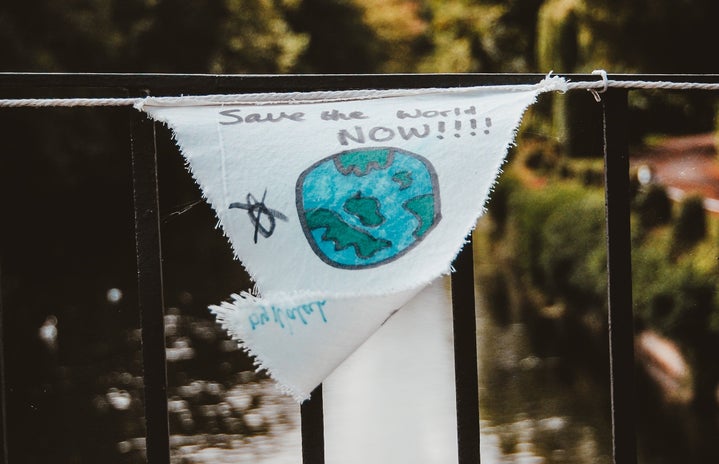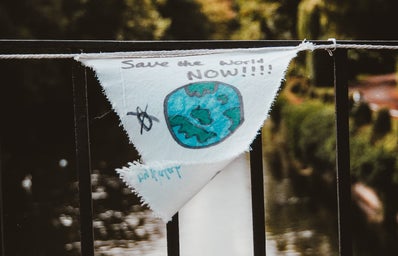Do you ever just sit down and think about the universe? I think it’s amazing how much there is that we don’t know about (i.e. dark energy, which fills up 68% of the universe but we don’t know what it actually is or why, and where it comes from) and what is still yet to discover. Now you are in for a treat because I’m going to tell you about the mysteries of our very own solar system in the Milky Way Galaxy. Bear in mind I’m your average humanities student and don’t know about actual physics so this is just how I’ve understood the info!
Brought to you by my favourite tv-show How the Universe Works: facts that will never come up in a pub quiz but are impressive enough to woo someone at the bar!
Have you ever thought about how there is a planet fitting space between the Sun and Mercury? So did the scientists! At first, people believed there to be a planet and active searches for one were made but it was never found – it does not exist. When looking at other solar systems there just aren’t such gaps between the star and the first planet, and often there are ’super-Earths’ (planets somewhat bigger than Earth in size) quite close to the orbiting star. The non-existence of closely orbiting planet and super-Earths led the research to the findings of the grand tack hypothesis.
Imagine this: our solar system at its birth. There’s the Sun, several super-Earths relatively close to the sun, and a Jupiter making its way towards the inner solar system. This creates havoc and all the super-Earths start crashing into each other, and some are pulled into the Sun. Jupiter gets scooped back into its normal orbit by the formation of Saturn and left is some debris from the super-Earth collision (Jupiter ate most of it, explaining why there isn’t more of it flying around). The debris includes material that will make up Mars and at the same time explains why it is not a super-Earth-sized (as scientists would expect it to be, being so old). The material left over will form Mercury, Venus, and Earth. So, we do not have a planet between the Sun and Mercury, however, there used to be several, but they all crushed into each other and left a void. There isn’t too much space debris left of this collision because Jupiter took a stroll into the inner solar system and pulled into itself most of it. What it didn’t consume, crashed together and formed the rocky planets we have today, also explaining why the good ol’ Mars is not as big as it theoretically should be (Jupiter ate it’s building blocks). This highlights how unique the Earth truly is, since we are actually a planet 2.0 formed from an earlier generation of bigger uninhabitable planets, and Jupiter’s trip to inner solar system paved way for our planet with a favourable atmosphere.
Next up: The Moon. What you were taught in school about the formation of our moon is most likely not true. Early on in the Earth’s development, a Mars-sized body called Theia collided with Earth, scraping off parts of the planet and that condensed together into our moon, right? Well, in this case, you would expect to find particles of Theia on the present moon, however, there are none – it’s basically identical to Earth in its matter. There is no certain explanation on how the moon actually formed, but the one that ticks off most boxes is that in early years of Earth’s development a lot of material collided into Earth and that formed our moon (so many collisions instead of just one big with Theia).
Fun Fact: Astronomers are currently looking for ’Planet Nine’, which is expected to be around the size of a Neptune and circulating in a really distant orbit. Why do they think it’s there? Because Uranus, Neptune, and all the dwarf planets after it (hello Pluto!) have a tilted, oval-shaped orbit. This suggests that there is something out there which creates a gravitational pull and interferes with the orbits. However, space is big and even with rough mathematical models, it is hard to spot a planet so far away – in fact, it could take thousands of years to get close enough to spot it. We’re optimistic though, so keep an eye out for the news!
That was exciting, wasn’t it! I just love learning about space, and I can definitely recommend watching How the Universe Works: it explains everything very clearly, easy to understand, and not one of those bland science shows but it’s actually so entertaining!
Sources:
How the Universe Works: season 6, episode 3
https://www.popularmechanics.com/space/solar-system/a26766939/planet-nine/
https://www.google.com/amp/s/www.space.com/amp/19275-moon-formation.html
https://science.nasa.gov/astrophysics/focus-areas/what-is-dark-energy
https://www.scientificamerican.com/article/jupiter-destroyer-of-worlds-m…
https://solarsystem.nasa.gov/planets/hypothetical-planet-x/in-depth/
https://images.app.goo.gl/q5i96t6Vi15tCHC86
Pictures: Google Images


